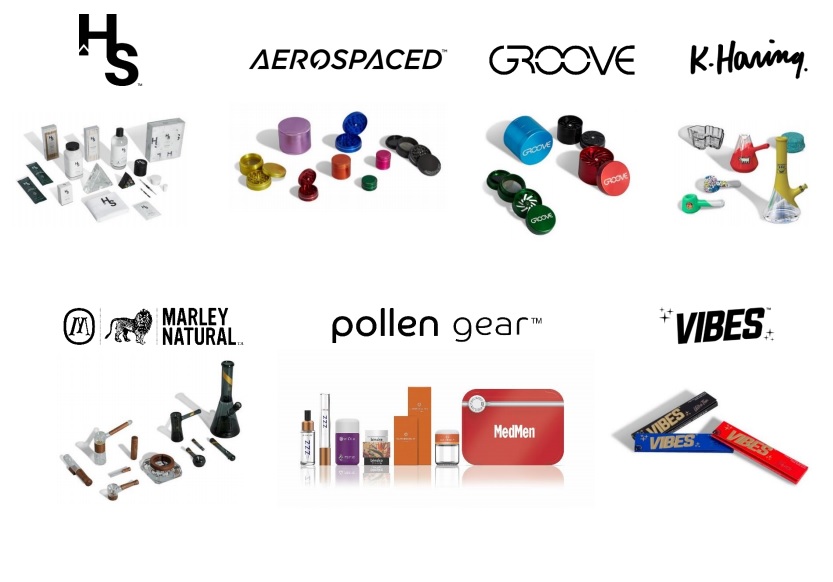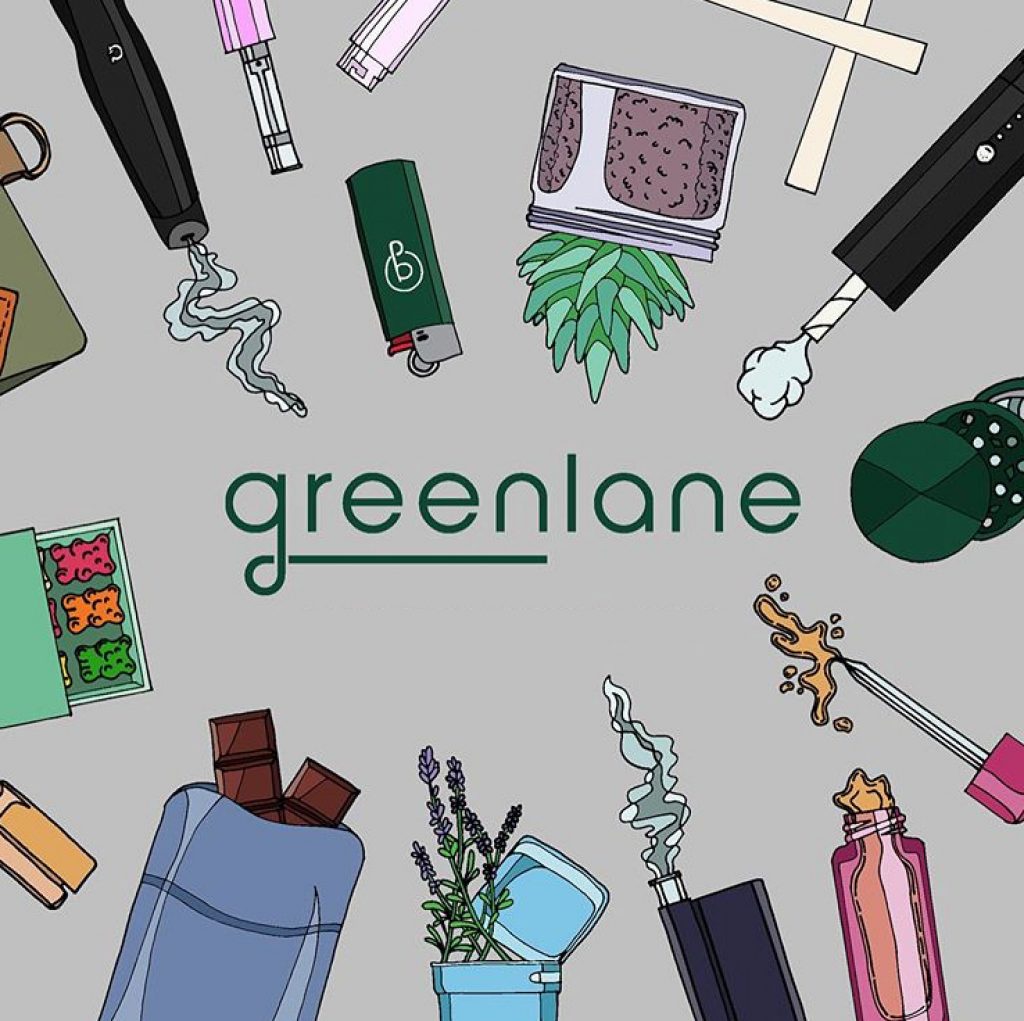
Exclusive Interview with Greenlane Co-Founder and CEO Aaron LoCascio
Cannabis accessories distributor Greenlane Holdings (NASDAQ: GNLN) launched its IPO last April. Today, the ancillary company is continuing to grow through its different business segments. Co-Founder and CEO Aaron LoCascio spoke with New Cannabis Ventures about Greenlane’s different revenue channels, its diverse customer base and building a sustainable business. The audio of the entire conversation is available at the end of this written summary.
The Co-Founders
LoCascio discovered his first vaporizer during a trip to California in 2005. Intrigued by the technology, he learned more and decided to pursue a business opportunity. His fellow Co-Founder Adam Schoenfeld created a similar business around the same time, and in 2010, the pair decided to merge their companies and diversify their long-term strategy. Schoenfeld now serves as Chief Strategy Officer of Greenlane.
LoCascio and Schoenfeld work alongside a full C-suite team that leads approximately 275 employees at Greenlane. The team will continue to grow as the company considers different initiatives, but the uncertainty created by the pandemic means that leadership will take a thoughtful approach to which positions to fill and how quickly, according to LoCascio.
Greenlane’s Revenue Channels
Greenlane focuses on four primary revenue channels: B2B consumer packaged goods, direct-to-consumer packaged goods, drop-ship and supply and packaging. In the B2B segment, the company sells a wide variety of third-party brands, as well as its house brands like Marley Natural and Vibes. It sells the same products in its second revenue channel directly to consumers.

The company began as a direct-to-consumer CPG company, but, as it has diversified, the B2B segment has become the largest, accounting for more than 50 percent of total revenue, according to LoCascio.
In its third revenue segment, Greenlane serves websites and vendors, drop-shipping products directly to consumers on their behalf. The fourth revenue segment is comprised mainly of child-resistant packaging and closed cartridge systems.
Over the past couple of years, the company has focused on building and distributing the Greenlane brand across all four of these channels. It has a track record of identifying and leveraging new product opportunities in the marketplace. In 2018 and 2019, JUUL was that product, according to LoCascio. The company experienced explosive growth with JUUL, but now those products have a declining margin profile. JUUL will remain in Greenlane’s portfolio as an important option for customers, but the company is refocusing its energy into its highest margin products, such as its Greenlane brand, according to LoCascio.
Market Reach and Expansion
Greenlane operates in three primary geographies: the U.S., Canada and Europe. Europe is one of the most exciting opportunities for the company, according to LoCascio. Greenlane recently acquired a company in the Netherlands with a strong distribution pipeline. The company also sees significant growth opportunities in its other two geographies. Beyond that, South America and Australia are potentially of interest for expansion.
When it comes to the competition, there are no other companies that directly compete with all four revenue channels. Rather, there are many companies that compete with Greenlane’s individual revenue channels, according to LoCascio.
As Greenlane grows, it will consider both M&A and organic strategies. Thus far, the company has done three acquisitions, and it has identified other potential opportunities in that arena. Greenlane will consider acquisitions that can broaden its distribution reach and acquisitions that can add to its brand portfolio.
Customers
Greenlane’s diversified customer base is part of its strength. The company largely serves mom and pop shops. Over recent quarters, no one customer represented more than a couple of percent of total revenue, according to LoCascio. In addition to mom and pop shops, Greenlane has served large enterprise customers like Cresco Labs, GTI and MedMen.
Consumer Buying Patterns
The company’s B2B CPG business segment, which largely serves a fragmented customer base of brick and mortar mom and pop shops, has been the most affected by the COVID-19 pandemic. Many of these customers have had to contend with store closures as states put stay-at-home orders in place.
During the pandemic, Greenlane has also seen a significant increase in ecommerce and direct-to-consumer ordering. While some brick and mortar stores are reopening as restrictions are eased, it is unclear how long the pandemic will continue to affect the industry and consumer buying patterns.

Over the 15 years in business, Greenlane has gathered a significant amount of data, which can be leveraged to help keep up with consumer purchasing patterns. As an omni-channel distributor, the company is in a good position to distribute its brands and weather changes in the industry.
Capital Position
Prior to its IPO last year, Greenlane was largely funded through traditional debt financing. Now, the company has a strong balance sheet with virtually no debt, according to LoCascio. The company also has a revolving credit facility that is undrawn. Greenlane has no imminent plans to raise more capital, but it will take an opportunistic approach that will depend on its appetite for acquisitions.
Building a Sustainable Business
Greenlane reported $33.9 million in revenue in the first quarter of this year. While COVID-19 is impacting the company, it remains in a stable position, according to LoCascio. Greenlane is being mindful of cutting its costs and focusing its efforts on high-margin products.
Gross margin profile is an important metric to watch as the company’s leadership builds a sustainable, profitable business, according to LoCascio. He is excited about Greenlane’s prospects in 2020 and beyond.
To learn more, visit the Greenlane website. Listen to the entire interview:
